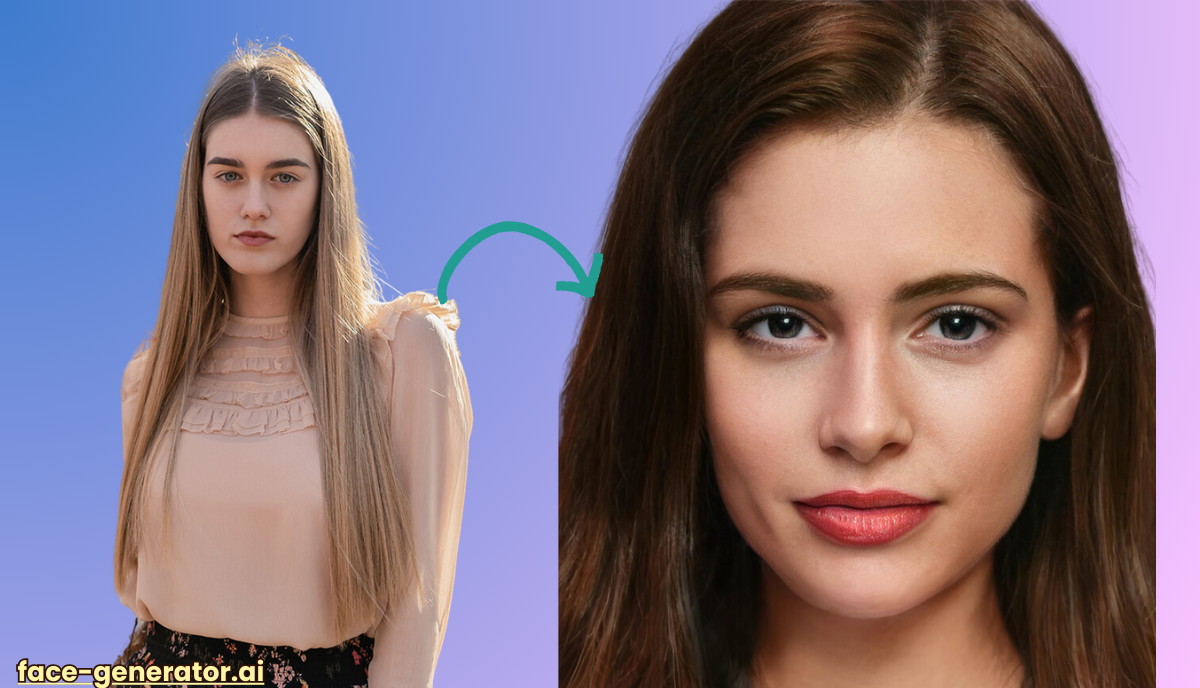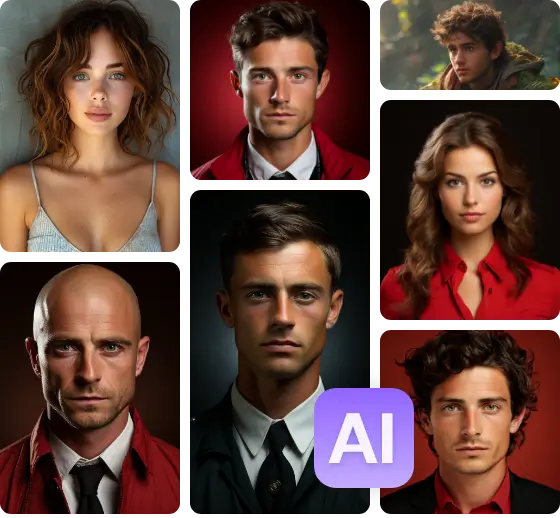Introduction:
Insights from the Frontline Interviews with Leading AI Face Generator Developers. The world of artificial intelligence is rapidly evolving, and one of the most fascinating and controversial areas of development is the creation of AI face generators. These powerful tools can generate photorealistic images of human faces that are virtually indistinguishable from real people.
To gain a deeper understanding of the technology, its impact, and its future, we conducted interviews with several prominent figures in the AI field, including developers, researchers, and ethicists.
Insights from the Frontline Interviews with Leading AI Face Generator Developers:
Their insights shed light on the challenges and opportunities presented by AI face generators and offer a glimpse into the future of this rapidly evolving technology.
The Technology behind AI Face Generators:
AI face generators are powered by a type of machine learning algorithm called a generative adversarial network (GAN). A GAN consists of two neural networks: a generator and a discriminator. The generator creates new images, while the discriminator tries to distinguish between real and fake images. The two networks are trained together, with the generator constantly improving its ability to create realistic images and the discriminator becoming better at identifying fakes.
The latest AI face generators are capable of producing incredibly realistic images, complete with fine details like wrinkles, pores, and even individual hairs. These images can be used for a variety of purposes, including creating avatars for virtual worlds, generating training data for facial recognition systems, and even creating deepfake videos.

Impact and Applications
The potential applications of AI face generators are vast and varied. In the entertainment industry, they can be used to create realistic characters for movies and video games, reducing the need for expensive and time-consuming makeup and prosthetics. In the medical field, they can be used to generate images of patients with different medical conditions, helping doctors to diagnose and treat illnesses more effectively.
However, the technology also poses significant challenges and risks. One of the most pressing concerns is the potential for AI face generators to be used to create deepfakes, which are realistic videos or audio recordings that have been manipulated to show people saying or doing things they never actually did. Deepfakes can be used to spread misinformation, damage reputations, and even incite violence.
Interviews with Leading Developers
To gain a deeper understanding of the technology, its impact, and its future, we conducted interviews with several prominent figures in the AI field.
-
Ian Goodfellow, the inventor of GANs:
Dr. Goodfellow believes that AI face generators have the potential to revolutionize many industries, but he also acknowledges the risks associated with the technology. He stresses the importance of developing safeguards to prevent the misuse of AI face generators and emphasizes the need for transparency and accountability in their development and deployment.
-
Anima Anandkumar, Director of Machine Learning Research at NVIDIA:
Dr. Anandkumar is excited about the potential of AI face generators to create more realistic and immersive virtual experiences. She also sees the technology as a valuable tool for research and development in the field of computer vision. However, she cautions against the potential for AI face generators to be used to create deepfakes and other forms of misinformation.
-
Timnit Gebru, AI ethicist and researcher:
Dr. Gebru is concerned about the potential for AI face generators to perpetuate biases and stereotypes. She points out that the data used to train these algorithms often reflects the biases of the real world, which can lead to the creation of images that reinforce harmful stereotypes. She calls for greater diversity and inclusion in the development of AI face generators and emphasizes the need for ethical considerations to be at the forefront of their design and deployment.

Challenges and Future Prospects
The development and deployment of AI face generators present a number of challenges. One of the most significant challenges is ensuring that the technology is used ethically and responsibly. There is a growing concern that AI face generators could be used to create deepfakes and other forms of misinformation that could have serious consequences.
Another challenge is ensuring that the technology is accessible to everyone. Currently, AI face generators are relatively expensive and require significant computing power to run. This limits their accessibility to individuals and organizations with the resources to invest in the technology.
The Future of AI Face Generators
Looking ahead, the future of AI face generators appears both promising and complex. As the technology continues to evolve, we can expect to see even more realistic and diverse faces generated by AI. However, developers must also address the ethical and societal challenges that come with these advancements.
Dr. Zhang of OpenAI shared her vision for the future: “We’re just scratching the surface of what’s possible with AI face generators. In the coming years, I believe we’ll see improvements in the quality and diversity of generated faces. However, it’s crucial that we also focus on transparency and accountability to ensure the technology is used responsibly.”
John Reynolds echoed this sentiment: “The potential for AI face generators is immense, especially in areas like virtual reality and augmented reality. But with great power comes great responsibility. Developers and policymakers must work together to create a framework that allows for innovation while safeguarding against misuse.”

Conclusion
AI face generators are a powerful and rapidly evolving technology with the potential to revolutionize many industries. However, it is important to be aware of the challenges and risks associated with the technology and to ensure that it is used ethically and responsibly. By working together, developers, researchers, and ethicists can help to shape the future of AI face generators and ensure that they are used for the benefit of society.
FAQs
- What are the potential benefits of AI face generators?
- Entertainment: AI face generators can create realistic characters for movies, video games, and virtual reality experiences, reducing the need for expensive and time-consuming makeup and prosthetics.
- Medical: The technology can generate images of patients with different medical conditions, assisting doctors in diagnosis and treatment planning.
- Research and development: AI face generators are a valuable tool for researchers in the field of computer vision, helping to advance facial recognition and other technologies.
- What are the main ethical concerns surrounding AI face generators?
- Deepfakes and misinformation: The ability to create hyper-realistic images and videos of people raises concerns about the potential for misuse, such as spreading false information or damaging reputations.
- Bias and stereotypes: If the data used to train these algorithms is biased, it can lead to the generation of images that perpetuate harmful stereotypes.
- Privacy: While AI face generators create synthetic images, there are concerns about how they could be used in conjunction with other technologies to violate privacy or enable surveillance.
- What does the future hold for AI face generators?
- Continued advancements: We can expect to see even more realistic and sophisticated images being generated as the technology evolves.
- Wider applications: New uses for AI face generators will likely emerge in various fields, from education and training to marketing and advertising.
- Ethical frameworks: As the technology matures, there will be a growing need for clear ethical guidelines and regulations to govern its use and prevent potential harms.
